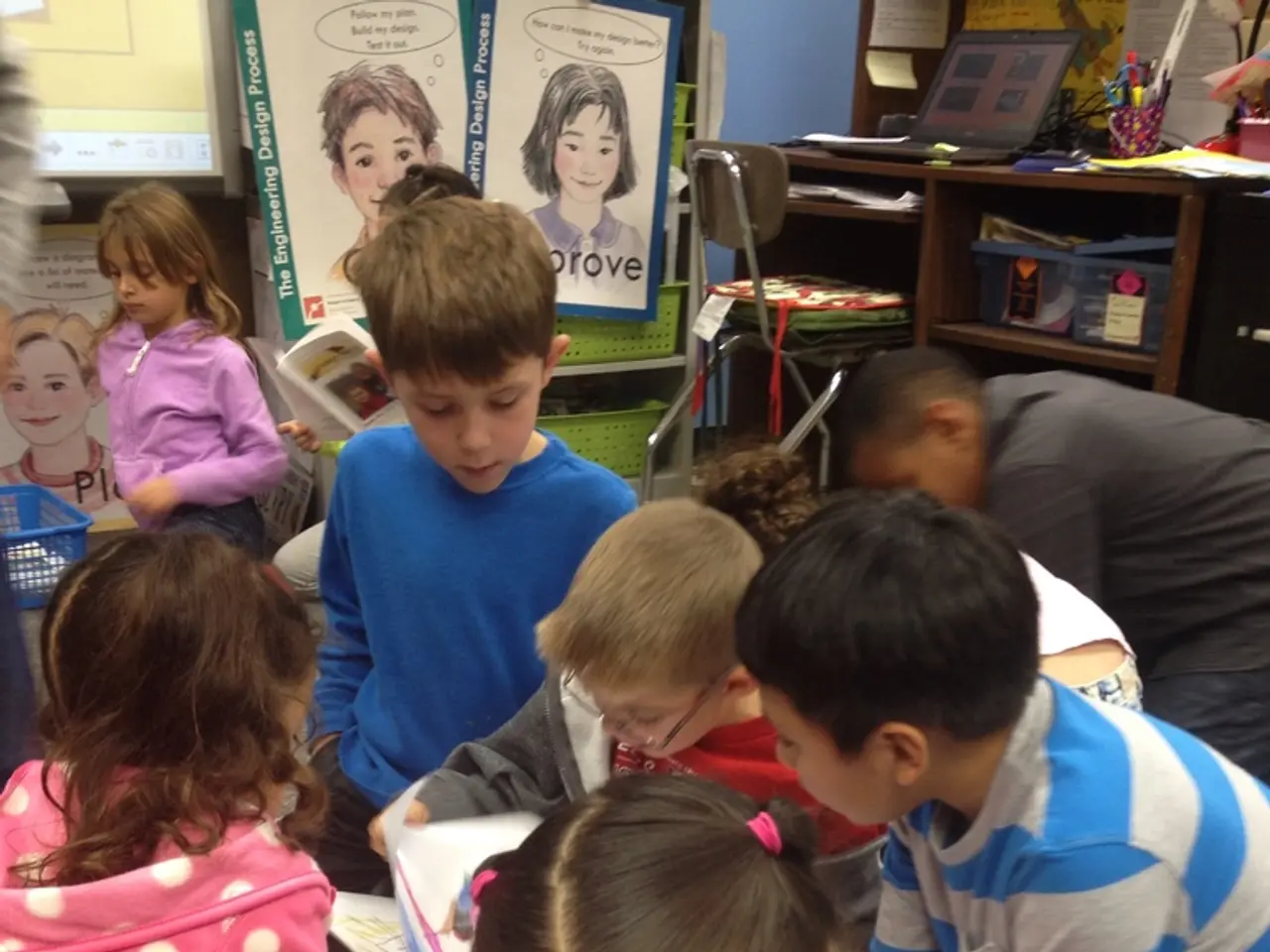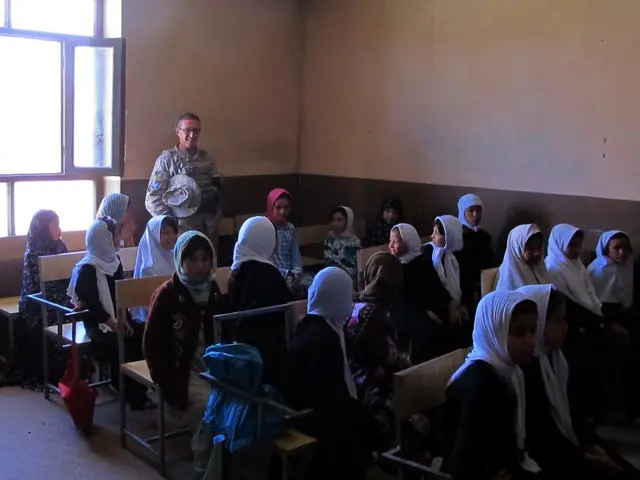Investigating Education via Mistakes at the Children's Museum
**The Educational Power of Failure: Embracing Productive Struggle in Children's Learning**
In the realm of education, a new approach is gaining traction: the concept of productive failure. This strategy, closely related to productive struggle, involves intentionally allowing students to grapple with challenging problems before receiving direct instruction, enabling them to make mistakes, identify gaps, and develop a deeper understanding through the process.
Research by Stanford professor Manu Kapur and psychologist Carol Dweck from Stanford University highlights the value of productive failure. Dweck's work shows that praising effort over outcome encourages children to view failure as a natural part of learning, while Kapur's research demonstrates the power of productive failure in fostering cognitive development.
The American Psychological Association (APA) reports that grit and perseverance are among the strongest predictors of success in adulthood and are developed early in life through effortful learning experiences. It is evident that productive failure plays a crucial role in this development.
Productive failure activates memory and information processing, attention, motivation, mindset, and metacognition (self-regulated learning), all of which are foundational for lasting learning. When children wrestle with ideas, make errors, and revisit concepts, they build robust mental pathways and gain a richer, more durable understanding.
Moreover, productive failure helps children develop resilience and persistence. Encountering and overcoming difficulties helps children develop perseverance and adaptability, important skills for navigating complex, real-world problems.
Children's museums, such as Museo dei Bambini, embody the concept of productive failure through interactive, open-ended exhibits that encourage exploration, experimentation, and problem-solving. These museums create a nonjudgmental space where failures are normalized and seen as part of the learning process, reducing fear of making mistakes and encouraging children to take intellectual risks.
Exhibits like the Kinetic Jams, Domino Drop, Wind Tunnel, Ball Ramps, and Cause & Effect spaces provide built-in opportunities for trial, error, and revision. Educators and facilitators observe, support, and ask guiding questions to turn frustration into reflection, fostering metacognition and emotional resilience.
In summary, productive failure is educationally valuable because it leads to deeper learning, resilience, and adaptability. By creating interactive, open-ended, and supportive environments where children can explore, experiment, and learn from their mistakes, children's museums are transforming the way we approach learning and failure.
Mistakes should be welcomed as learning moments not only in museums but also in the home environment. By framing failure as part of the fun, parents and caregivers can encourage healthy risk-taking and learning from failure by valuing the process over the product, asking reflective questions, sharing their own mistakes, and creating time for open-ended play.
References: - Stanford University - Harvard Center on the Developing Child - APA - Carol Dweck's Growth Mindset Research - LEGO Foundation - Educational Psychologist - Child Development - The Kinetic Jams exhibit teaches children about systems and what happens when they don't work. - The Domino Drop exhibit encourages early engineering, physics, and emotional regulation. - Exhibits at Museo dei Bambini are designed with built-in opportunities for trial, error, and revision. - In a children's museum setting, educators and facilitators observe, support, and ask guiding questions to turn frustration into reflection. - The theory of constructivism suggests that children build knowledge through active engagement with their environment. - Wind Tunnel allows children to learn physics principles firsthand through feedback from failure. - Ball Ramps help children develop an intuitive grasp of force and motion through repeated failures. - The job of educators, parents, and designers of learning environments is not to protect children from every fall, but to make sure the environment is safe enough for them to get up stronger. - Failure in children's museums is safe, shared, and surrounded by curiosity, not shame. - Errors, followed by reflection and feedback, activate the brain's anterior cingulate cortex, a region associated with attention and error detection. - Failure activates metacognitive skills and emotional resilience. - Failure is not a flaw in learning, but a feature that allows children to discover their own power to persist, adapt, and grow. - Children's museums are low-stakes, high-choice environments, with no grades, no scripts, and no pressure to perform. - The Cause & Effect space allows children to build complex chain reactions, promoting troubleshooting, revising, and adapting. - In early childhood, learning through failure helps develop executive functions such as working memory, inhibitory control, and cognitive flexibility. - These museums are multisensory and hands-on, supporting learning across developmental stages and styles.
1.In the heart of Puglia, Italy, the Museo dei Bambini stands as a testament to the educational principle of productive failure, mirroring the approach highlighted in Stanford University's research.
- Learning from mistake-making is vital for personal growth and self-development, a concept reinforced by children's museums like Museo dei Bambini.
- Embracing productive failure, as fostered by children's museums, plays a significant role in fostering education-and-self-development, particularly in the areas of attention, memory, and mindset, essential for lasting learning.




